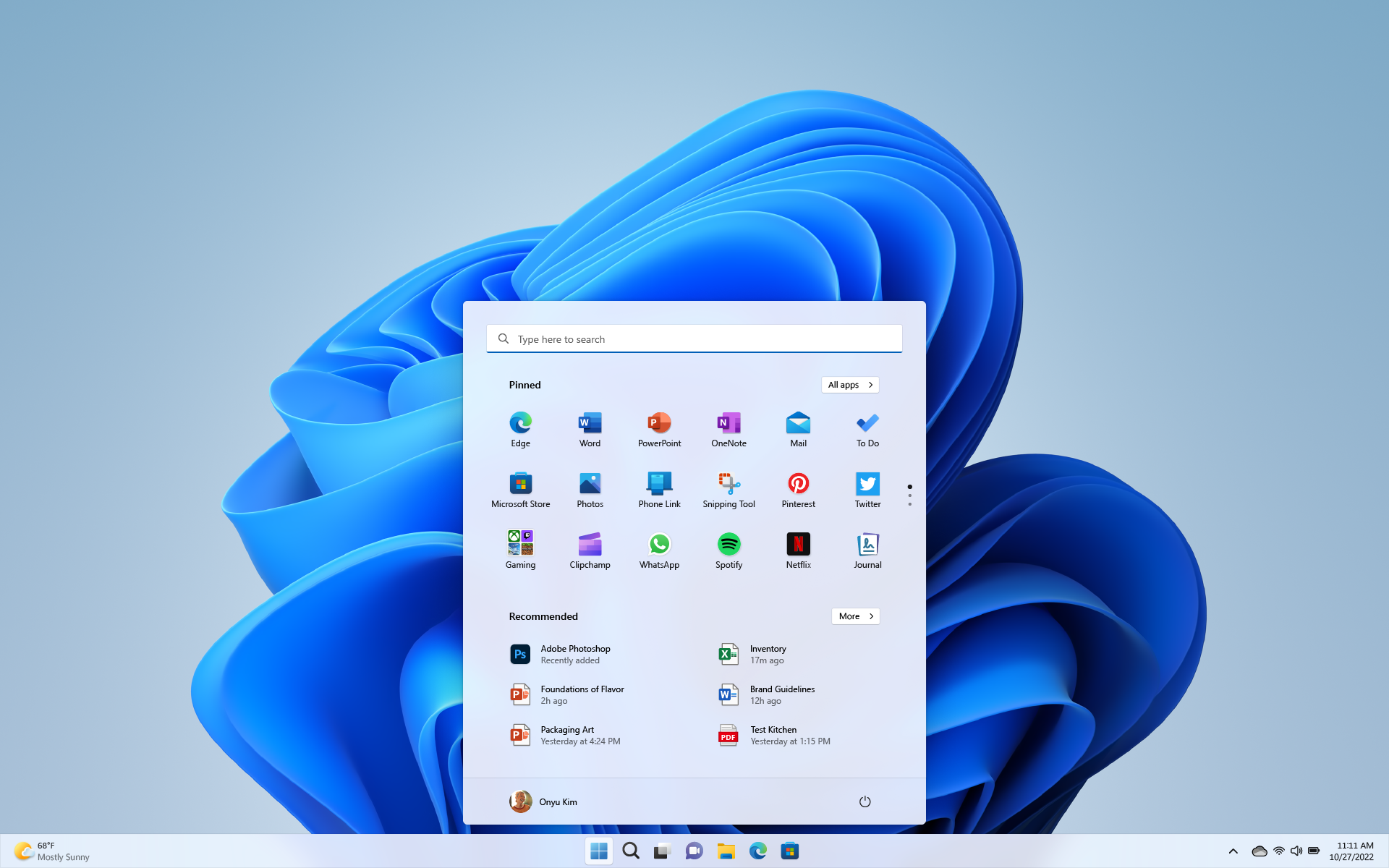
In plain speak: it's making better use of your PC's hardware, and it's really working for me.
Unless you’re a PC enthusiast or hardware tester, you probably don’t install Windows very often. However, all of us experience the routine grind of updating the operating system, to fix bugs, improve security, and perhaps even totally bork your PC. It turns out that Microsoft has been working to make the update process a whole lot faster, with its 24H2 update.
Like most hardware reviewers, I install Windows a lot and I mean a lot. New CPU, motherboard, SSD, etc? That’s a fresh installation of Microsoft’s operating system every single time and even though I’ve streamlined the process as much as possible, it’s still pretty tedious—especially when it comes to updating the operating system.
However, during my testing of Intel’s new Arrow Lake chips, the Core Ultra 9 285K and Core 5 245K, I noticed that installing Windows and the subsequent updates all seemed quite a bit quicker than normal.
I then did a bit of additional testing on a Ryzen 9 9950X system, using the same Windows ISO as for the Intel processors, and experienced the same speed bump. What they all had in common was the fact that I was installing Windows 11 24H2, the very latest version.
Well, it just so happens that Microsoft has indeed been working at making the update process a lot faster, and has explained what it’s done in a recent IT Pro blog (via Windows Latest). From its own internal tests, Microsoft claims that installing an update in Windows 11 24H2 is 44 to 46% faster than 22H2 and the restarts during the whole sequence are 34 to 40% quicker, too, depending on the PC being used.
While I can’t confirm those specific figures, I can say with certainty that the 24H2 version is a lot snappier to update. Sure, it’s not a major advancement, and I dare say there are more important things for Microsoft to improve upon, but I’ll take these little gains gladly.
Microsoft uses some…err…interesting language to explain how it’s managed to achieve the speed bump for the Windows update process: “Parallel processing of component manifests: This complements the parallel hydration of newly serviced components using reverse and forward differentials first introduced in Windows 11, version 22H2.”
In plain English, it’s making better use of your CPU’s multiple cores/threads. The update process also caches information about an update package to improve matters if the same package is involved in other updates.
Lastly, Windows update now uses more system RAM, if it’s available. Oh, and Microsoft has shaved up to 200 MB off certain update packages, too.
Taken altogether, it means that while Windows update is technically using more of your PC’s hardware to patch the operating system, the overall benefit is simply one of speed. And when it comes to computers, we could all do with a bit more perceived performance.
With each major revision, Windows 11 is slowly becoming the operating system it should have been at launch. Not that this is really doing much to entice Windows 10 fans to change, though that may well alter once support for the older OS finally stops next year.
Windows 11 review: What we think of the latest OS.
How to install Windows 11: Guide to a secure install.
Windows 11 TPM requirement: Strict OS security.





